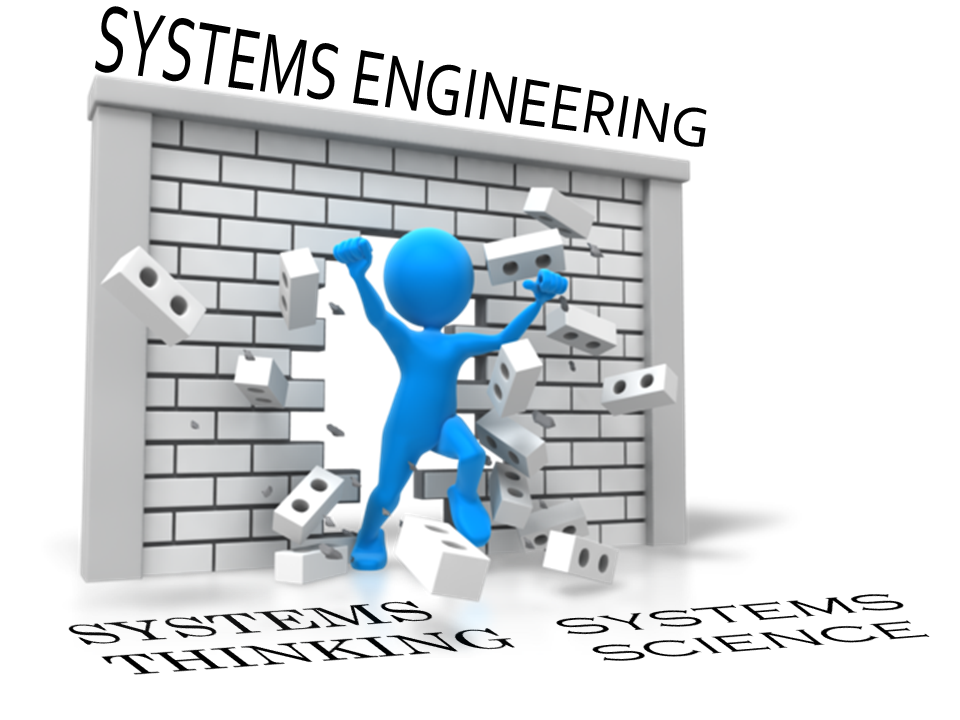
Hillary Silitto of Thales has written a very interesting and important paper entitled “Integrating System Science, Systems Thinking, And Systems Engineering: Understanding the Differences and Exploiting the Synergies”. (available to INCOSE members at https://www.incose.org/ipub/12/36.PDF) He has amplified a discussion which holds the promise of expanded opportunity for a number of related, yet heretofore separated, disciplines.
This paper is important in several ways. In an academic sense, it asks some very important questions about how the disciplines of systems science, systems thinking, and systems engineering treat the very nature of systems. He looks for both the differences and similarities of the treatment of the definition of systems in those disciplines. There is very clear academic value in understanding the relationships from discipline to discipline.
But there is value in his inquiry beyond the purely academic setting. In a commercial sense, those disciplines operate in separate market spaces which currently overlap in only limited ways. The discovery of the common threads in the ways in which systems are identified, analyzed, and built will pave the way for increasing the overlap in the market spaces that can be served by the respective disciplines. This will allow for increased commercial opportunity for all of the disciplines around systems design and improvement.
In addition, that study will provide the opportunity for cross pollination and the ensuing enrichment of all of the disciplines. Tools and techniques that are currently the province of one or another of the disciplines will come to the attention of forward thinking practitioners in the other areas. This will lead to an expansion of the ways in which systems professionals can serve their markets.
Finally, the focus on cross disciplinary study will lead to an increase in dialogue among the systems disciplines which will result in advancing the state of development in all of those disciplines. This move toward a “systems community” can only enrich and enhance the theory and practice for all.
This effort is not without significant challenges. The first that can be encountered is that of language. As the disciplines have grown in relative isolation, their languages – particularly with respect to usage – have taken divergent paths. An awareness of this is critical to any effort to understand the different disciplines.
For example, there is a definitional suggestion in several of the disciplines that in order to be a system, there must be a purpose to be fulfilled. The use of the word “purpose” can imply intentionality. By definition, intention requires an intender. This means that when we get to the area of naturally occurring (e. g. – biological) systems, we are faced with the possibility of either denying their status as a system for lack of an intended purpose or we are off into the realm of theology in search of an intender.
We could attack this problem by replacing the word purpose with the word function in the sense of requiring a system to fulfill a purpose. But the word function is loaded for usage in other senses in many, if not all, of the disciplines.
This is the kind of language thicket that awaits this effort. In order to make progress here, we must be fully aware and proceed carefully. But the rewards are well worth the effort.
There are a number of significant advances to be made by cross pollinating the concepts from the different disciplines. For example, the rigor and tools of the systems engineering discipline could be of great value to systems thinkers working in areas such as regulatory design. As an example, consider the potential value of the ability to model the context system for the advancement of the ideas considered in Russell Ackoff’s and Sheldon Rovin’s Redesigning Society. The problems they discuss in the book are all exacerbated by the potential collateral impacts resulting from the lack of understanding of the relationships of potential solutions to the broader social environment. Modeling the context system would make those relationships clear and inform the process of constructing solutions. There would be great benefits from the combination of the power of systems thinking and systems engineering applied to an area that typically benefits from either.
Silitto has done us all a favor by lifting up this area of inquiry for further and more in-depth consideration. We would do well to follow his lead and begin to actively investigate the possibilities in this area not just at the academic level, but all the way into our everyday practice.





